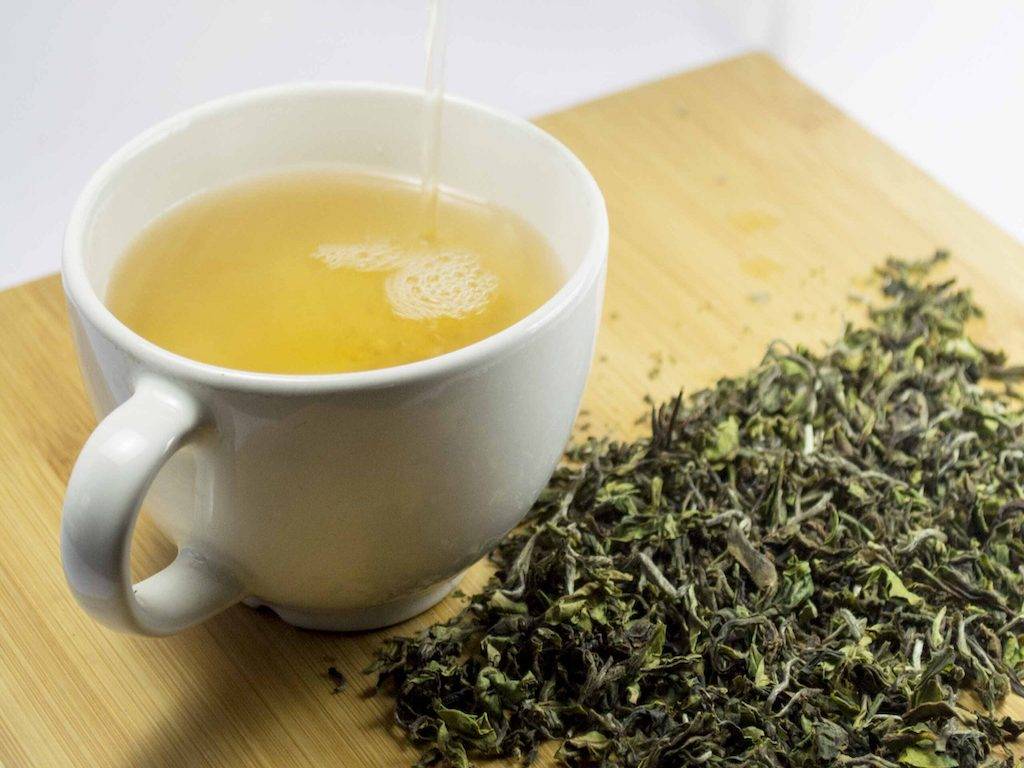
Darjeeling tea production, one of the world's most popular tea varieties, fell to 6.5 million kg in 2021, the lowest level on record and less than half of the 13 million kilograms produced two decades before.
Changing climate, garden closures, excessive absenteeism among tea workers, lost export markets in 2017 owing to unrest in the hills, and a lack of effort to promote Darjeeling tea in the home market have all contributed to the decline. Planters believe that unless the government comes up with a recovery package, Darjeeling tea, the Indian tea industry's flagbearer, may fade away like the teas from Himachal Pradesh's Palampur.
Few months ago, The Indian Tea Board took a major move to prevent substandard teas from being blended with Indian teas from Darjeeling, Kangra, Assam (Orthodox), and Nilgiri (Orthodox).
Teas from these places should not be blended with inferior imported teas, according to registered purchasers. Aside from that, Darjeeling tea manufacturers have been told not to buy green leaves from beyond the GI (geographical indication) area.
Darjeeling Tea, like Kangra Paintings, Tirupati Laddu, Nagpur Orange, and Kashmir Pashmina, has registered a Geographical Indication (GI) to express a guarantee of quality and uniqueness that is distinctive of its region of origin.
"In light of inferior quality teas being imported and blended with teas from Darjeeling, Kangra, Assam (Orthodox), and Nilgiri (Orthodox), it is directed that no registered purchasers of teas should blend any ported tea with teas from the aforementioned locations from today," the board states in a statement.
Because custom duty is not imposed on tea imports intended for re-exports, the majority of blended teas now accessible in the market are for re-exports; however, a small amount is absorbed in the local market.
You can check the entire news article here.
















